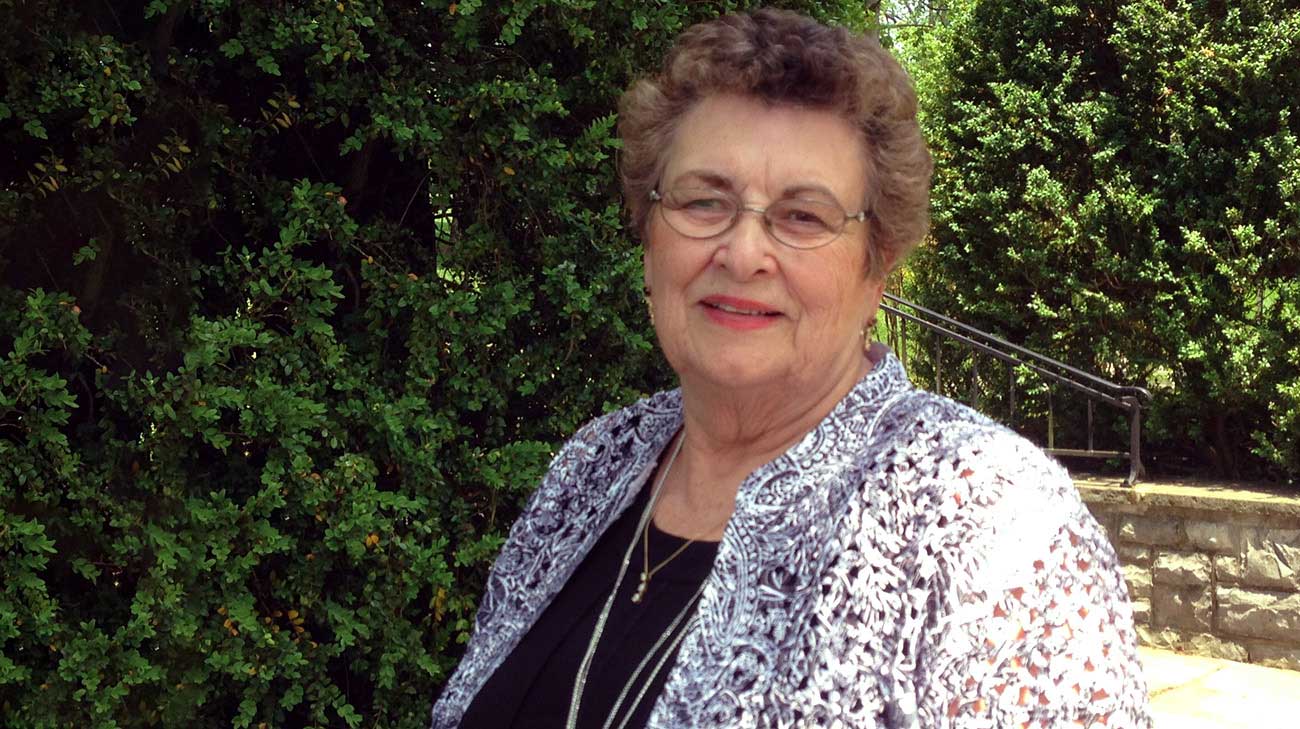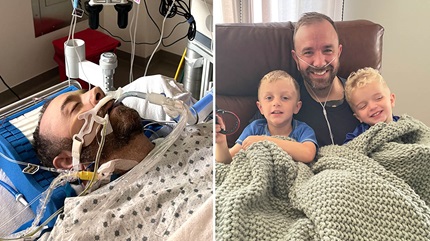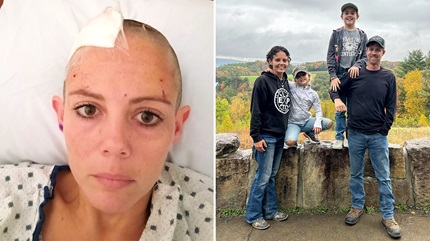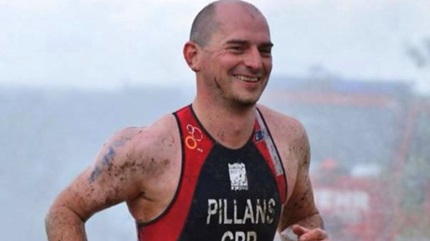
Active grandma and Sunday school teacher Connie Campbell was surprised to learn she had diverticulitis. After an eight-day hospital stay in December 2017 due to a perforated bowel, her gastroenterologist recommended she have a colonoscopy to make sure no more surprises were lurking in her large intestine.
Connie requested an upper endoscopy too, since she had battled acid reflux for many years.
While the colonoscopy showed Connie’s large intestine was cancer-free, the endoscopy showed a cancerous polyp in her stomach. The polyp was quickly removed during the procedure. However, pathology results couldn’t tell if any cancer was left behind.
To be sure, Connie’s medical team at the hospital near her home in Virginia recommended she have a total gastrectomy. It would be a major surgery, completely removing Connie’s stomach and reattaching her esophagus to her small intestine.
“I knew surgery was necessary, but I also knew a gastrectomy would change my life,” says Connie, who had educated herself on the topic and learned a lot from her son, an orthopaedic surgeon, and her daughter-in-law, a nurse. “I would need to go to a rehab facility and be on a feeding tube for a while. After learning to eat again, I’d need more frequent, smaller meals.”
Many people have difficulty digesting food after a gastrectomy. Complications, such as dumping syndrome, are common.
“I wanted to be sure my cancer was gone, but I still wanted a good quality of life,” says Connie.
Her daughter-in-law began researching other options, including a newer, innovative procedure called endoscopic submucosal dissection (ESD). After learning on the internet about the few hospitals in the U.S. with ESD expertise, she called Cleveland Clinic.
In March 2018, Connie made the seven-hour drive to Cleveland along with her son and daughter-in-law. They met with a Cleveland Clinic oncologist and surgeon, as well as with Cleveland Clinic gastroenterologist Amit Bhatt, MD.
“Usually we perform ESD in patients with early-stage cancer,” says Dr. Bhatt. “We take out the cancer in one piece, leaving the rest of the esophagus or stomach intact. Connie’s case was unique because her cancer had already been removed. We just needed to make sure there were no cancer cells remaining in her stomach lining.”
“The good Lord has blessed me — and it was a blessing to have Dr. Bhatt and Cleveland Clinic.”
Dr. Bhatt and the Cleveland Clinic Liver Cancer team agreed that ESD could be better for Connie than a total gastrectomy. One month later, Connie returned to Cleveland for the procedure.
While she was under anesthesia and asleep, an endoscope (a thin tube) was inserted into Connie’s mouth and down into her stomach. Through it, Dr. Bhatt used surgical tools to cut out the stomach lining where Connie’s cancerous polyp had been. He removed it through her mouth and sent it to the pathology lab.
“The lab reported that there was no cancer in the tissue we removed,” says Dr. Bhatt. “We knew without a doubt that Connie was cancer-free — without needing to remove her whole stomach.”
Had cancer been found, Dr. Bhatt could have removed it during the procedure.
The ESD took about one hour. Because everything was done through Connie’s mouth, there was no incision in her abdomen and no wound to close.
The next day, Connie returned to Virginia and her regular routine. Over the next eight weeks, the lining inside her stomach healed. Over-the-counter pain relievers were enough to ease any minor discomfort she felt.
After two follow-up surveillance endoscopies at Cleveland Clinic confirmed her cancer was gone, Connie returned to the care of her doctors in Virginia. She will continue to have routine follow-ups there. Otherwise, her treatment for stomach cancer is finished.
“At Cleveland Clinic, the gastrointestinal cancers we treat by ESD are completely removed more than 90 percent of the time,” says Dr. Bhatt. “Once the esophagus or stomach lining heals, you can barely tell where the cancer had been or where the surgery occurred.”
ESD is only right for patients with early-stage cancer that is unlikely to spread, notes Dr. Bhatt. Determining the best candidates for ESD requires collaboration between a surgeon, gastroenterologist and oncologist.
Fortunately, ESD was the right choice for Connie.
“The good Lord has blessed me — and it was a blessing to have Dr. Bhatt and Cleveland Clinic,” she says.
Related Institutes: Digestive Disease & Surgery Institute , Cleveland Clinic Cancer CenterPatient Stories
Tattoo Artist and Dad of Three Thankful for Life After Double-Lung Transplant
Apr 12, 2024
Woman With Young-Onset Parkinson’s Finds Relief After Deep Brain Stimulation
Apr 11, 2024
Triathlete shares remarkable recovery after quick treatment for lung cancer
Apr 10, 2024
“I am really impressed with Jeremy and Cleveland Clinic London,” says Andy. “I would recommend Cleveland Clinic London to anyone. If my cancer comes back, this is where I’ll come.”


